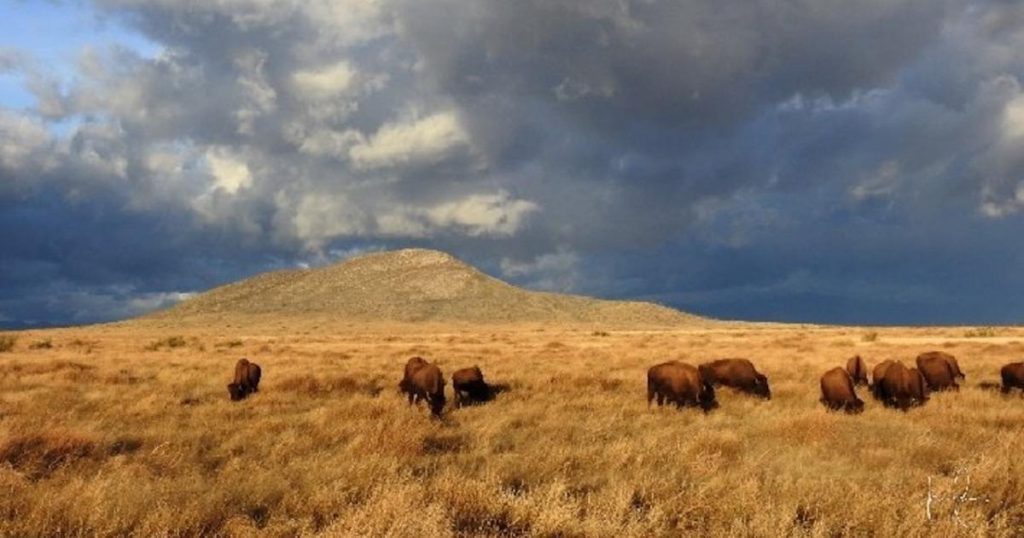Only 15% of the Earth’s surface still harbors healthy communities of large mammals. These are actually very sensitive to human activity. In the past five hundred years, Africa and parts of Asia have been hard hit by their disappearance. Experts estimate that 64% of large carnivores on the planet are threatened with extinction.
The disappearance of large mammals has direct consequences for ecosystems. Due to their size, these animals influence the structure and composition of the landscape. It is clear that herbivores modify the vegetation cover as well as the composition of the animal species that live there.
Thus, the disappearance of some predators, such as wolves and cougars, can cause an increase in the numbers of herbivores. These then harm the growth of trees, thus destroying the habitats of some birds.
Prefer large mammals
Location Yale Environment 360 It tells of the successful initiative that allowed the bison to be returned to Mexico, 150 years after its disappearance. In 2009, 23 animals were transferred to the US state of New Mexico, where they crossed the border into the state of Chihuahua. Experts say bison reproduction is critical to restoring desert grasslands such as those in Mexico.
The American bison is also one of the top 20 species whose reintroduction will restore large mammalian communities. In this list I compiled A team of international experts in 2022We also find the brown bear, the Asian wild dog, the wild horse, the jaguar, the beaver, and the hippopotamus.
In addition, these researchers also identified about thirty regions of the world where reintroduction of only one to three species of large mammals would allow the full restoration of animal communities. Additionally, in 2018, Other experts It identified 150 already protected areas and 150 areas still wild that could be favored for the resettlement of large mammals. These areas were in Mongolia, Canada, Thailand, Namibia, Indonesia, Australia, the United States, Russia, China, and Mauritania.
A decade of ecosystem restoration
2021-2030 is United Nations Decade for Ecosystem Restoration. The goal is to develop a global restoration movement and thus ensure a more sustainable future for the world. However, the reintroduction of large mammals is often overlooked in recovery efforts: these methods are not always popular because people are afraid of these animals and consider them a nuisance.
Several examples show that it is possible to enhance coexistence between humans and large mammals. Twenty years ago, gray wolves were reintroduced to Arizona and New Mexico. Electric fences were then installed to separate them from the livestock, which made it possible to reduce tensions between these predators and the herders. In 2021, there were 196 in the territory.
Photo: Javier Carrera/All About Bison

“Music guru. Incurable web practitioner. Thinker. Lifelong zombie junkie. Tv buff. Typical organizer. Evil beer scholar.”

![[IMAGES] Someone tries to set himself on fire outside Trump's courthouse](https://m1.quebecormedia.com/emp/emp/Capture_d_cran_2024_04_19_134909afe99a84-cf29-4f06-9dc2-9eb9ce265b46_ORIGINAL.jpg?impolicy=crop-resize&x=0&y=201&w=1074&h=604&width=1200)





More Stories
Taste the first Canadian pizza to go into space
The Air and Space Forces want a “modular” plane to replace the Alphajet
Spain confirms that it is holding talks with Morocco